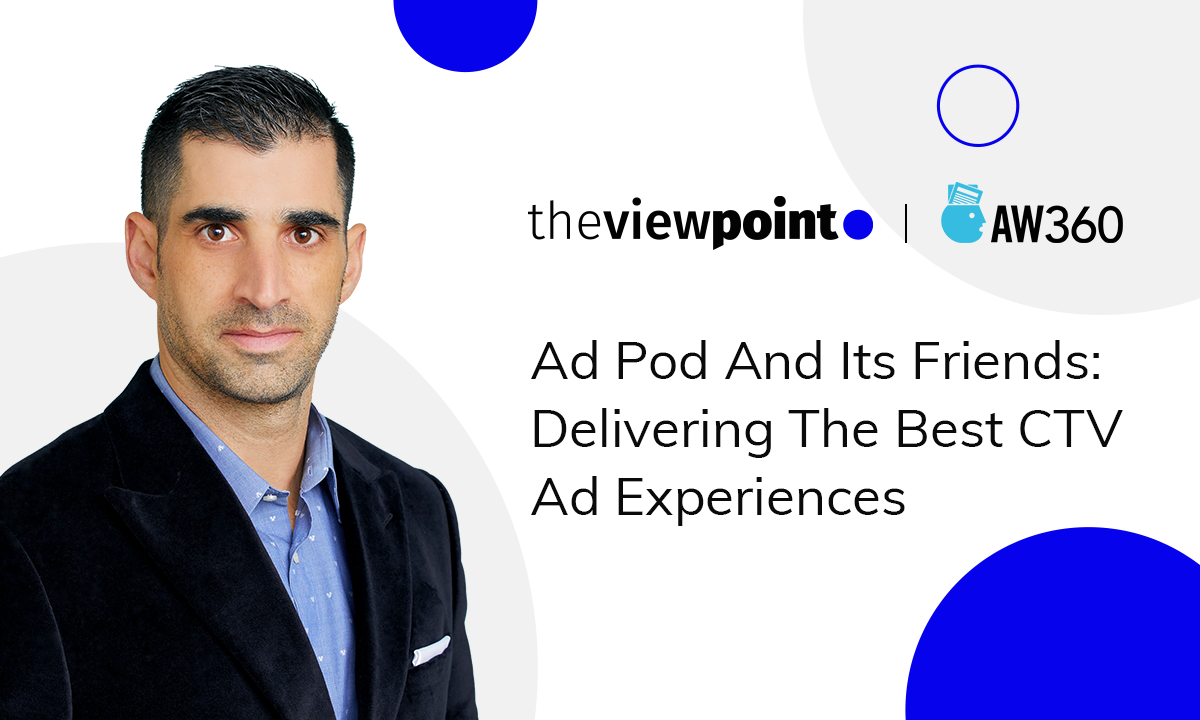
CTV Consumption in the USA and Europe: How the Popular Video Industry is Taking Shape
Connected TV keeps on attracting new viewers not only in the US but all over the world as well. According to the latest research from Magnite, 78% of households across the UK, Germany, France, Italy and Spain watch CTV. People have cut the cord and switched to video on demand from linear TV, discovering more apps and channels and spending more time using streaming services. But the way CTV develops differs depending on the location of the potential market, and today we will review the most prominent of them – the US and Europe. What are the peculiarities of CTV’s popularity in those regions and what is special about the audiences and trends there? Let’s find out.
How CTV Wins Over Viewers in the USA and Europe
The first thing to emphasize is that the CTV market in the United States is much bigger than in the EU though the latter keeps on gaining momentum. The times of pandemic have influenced the consumption of streaming content globally because people spend more time at their homes watching digital video. But there are some challenges for the CTV industry concerning technical issues, hardware, infrastructure, terminology and consistency, as well as other nuances that European publishers and advertisers face while using the possibilities of CTV at its fullest.
CTV in the United States
The growth of connected TV in the US is pretty sustained. As stated in Leichtman Research Group’s study, 82% of households in the USA have at least one TV device connected to the Internet and 39% of adult viewers use CTV devices to watch videos every day. Consequently, the ad spend on CTV is growing as well and by the end of 2021 will have increased by 59.9% to $14.44 billion, as mentioned in the eMarketer report. The US market of CTV devices is massive and competition among CTV device companies is fierce. The key players are Roku and Amazon Fire TV with their streaming sticks.
If we take a closer look at advertising trends in video streaming, we will see that the market categories that spent the most on CTV advertising during the first half of 2021 were the travel industry, retail media and entertainment. Moreover, there has been continuous development in ad formats. Marketers use new approaches and opportunities to deliver messages to their target audiences, experiment with interactive features and visual elements, display ads during pauses as well as try in-video banners.
CTV in Europe
While in the US more and more people are cutting the cord because of high costs for traditional TV services, Europe has a different market dynamic driven by a variety of cultures, languages and media consumption habits. Each European country has its own CTV apps in addition to offerings from local broadcasters that remain affordable and popular, and every market is built upon different sets of technology and infrastructure.
The situation with the Connected TV space in European countries has two sides. On the one hand, big companies oriented towards the global market that offer common content and use unified technologies enter the market rather fast and easily – for example, IMDb TV, Amazon’s free streaming service that entered the UK market earlier this year. On the other hand, there are local players like Channel 4 and Sky in the UK or Antena 3 in Spain, who take active steps towards CTV but need to adjust their strategies and infrastructure to succeed. While adapting existing market structures to a CTV-first world they face challenges that are time-consuming and require more effort.
According to IAB, in Europe’s biggest markets (UK, Germany, France, Italy and Spain) 40% of households use a smart TV, and together with streaming devices and gaming consoles there are more than 61 million households consuming CTV. Therefore, in Europe, CTV gives a huge opportunity for advertisers to reach desired audiences with the right message. Viewers are changing the way in which they consume TV, and with that, advertisers also need to adapt to explore all the new opportunities that CTV can bring.
European audiences now move more naturally between linear and connected TV viewing, and these changes in media consumption habits define the determined time for brands to understand how to reach their audiences with brand messages. Advertisers need to know their audience and think outside the box of traditional TV to reach viewers with relevant advertising.
CTV Audiences – Who Are They?
Both in the US and Europe the major segment of the connected TV audience is represented by people aged between 35 – 54 years old. They work a lot and try to dedicate enough time to their families, usually they have children or at least live with a partner. This group of viewers appreciates CTV for its variety and prefers Advertising-Based Video on Demand (AVOD) because it allows them to save money on streaming services. Generally, they are interested in home improvement and family leisure. In the US this audience tends to watch streaming content on several screens at a time as they are most likely to have several streaming devices for family members in the household.
The second big group of viewers are over the age of 55. They are baby boomers and most of them are retired or are approaching retirement. They are usually focused only on the content without being distracted by other activities, so they are the most engaged audiences. In the US they like to watch news and drama and in Europe documentaries are a dominant genre for this demographic.
US viewers from 25 to 34 years old typically consume content on multiple large screens at home. Among the most preferred videos by this group are live events, sitcoms, and family content including shows for kids. In Europe this audience watches CTV content daily and thus seeks variety. They may live with a partner or have children and tend to choose ad-supported videos because they are free of charge
All in all, CTV’s popularity keeps on growing – the process is gradual and ongoing. New audiences access videos on demand and the opportunities for advertisers expand in terms of targeting, personalization, and measurement possibilities. In order to implement efficient advertising, it is crucial to get detailed data about an audience’s preferences in the country of interest. TVP Next, a CTV-first ad server by TheViewPoint, will become the right solution to help publishers sell ad inventory at the best price as it allows audiences to be divided into target groups based on the precise audience segmentation and accurate data. As a result, publishers generate higher revenues, and marketers are able to deliver relevant messages to the right viewers.
Takeaways
Connected TV in Europe faces lots of challenges and unlike in the US can’t develop at such a fast pace because many local markets are rather specific and have their own requirements. In order to take CTV to the next level, it is important to bear in mind the peculiarities of local audiences and their preferences. European markets require collaboration between major broadcasters and AVOD platforms, and local ad tech solutions that take into account the peculiar needs of local markets and advertisers. The main goal is to comply with all the particulars of the global CTV ecosystem while offering unique high-quality solutions to the local markets.
Related
Programmatic TV Tax Day is Not Just April 15. It's Every Day
This blog examines the significant "AdTech tax" in Connected TV advertising, advocating for Tatari's direct integration with publishers to bypass hidden fees, resulting in substantial cost savings and enhanced transparency.
Read more
Ad Pod And its Friends: Delivering the Best CTV Ad Experiences
Aiming to stand out from the crowd and surpass consumers’ expectations, CTV advertisers have to be allied with publishers and very savvy at applying innovative advertising techniques, like frequency capping, competitive ad separation, and deduplication. Though still raising a lot of eyebrows, these tools have already become the next big thing in the advertising world. So, before diving deep into the details of ad pod management, let’s take a sneak peek behind the scenes of modern CTV play.
Read more
Everything You Need to Know About Real-Time Bidding
As programmatic advertising is gaining momentum, RTB or real-time bidding comes in. In fact, most platforms in ad tech today are RTB enabled. But what does that actually mean? What is an RTB platform and why is it so important for digital marketers? Let’s get the answers to these questions and more.
Read more


